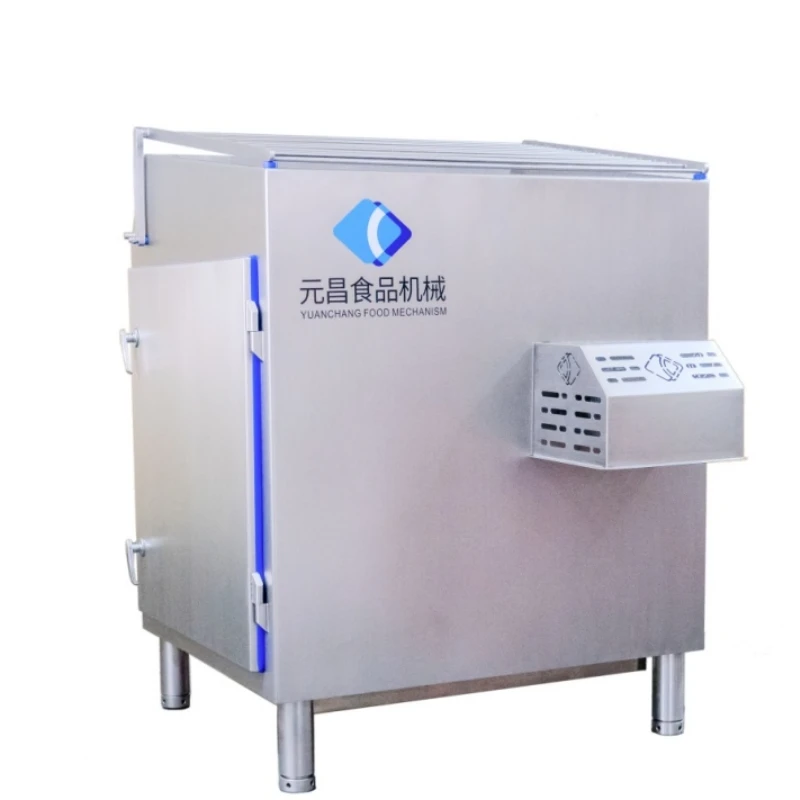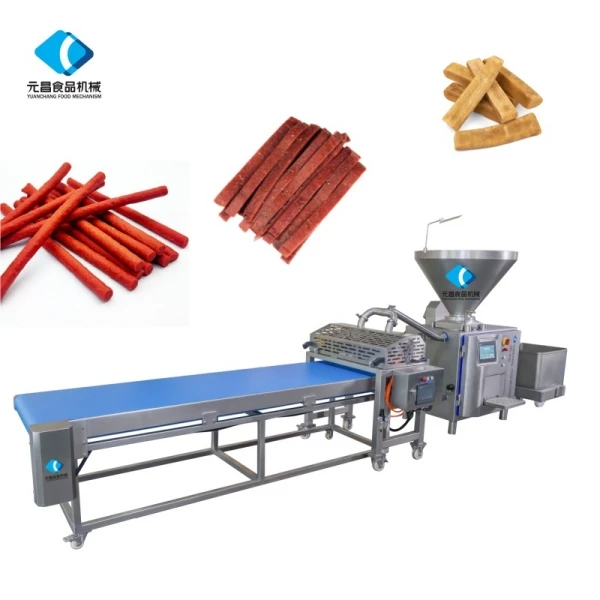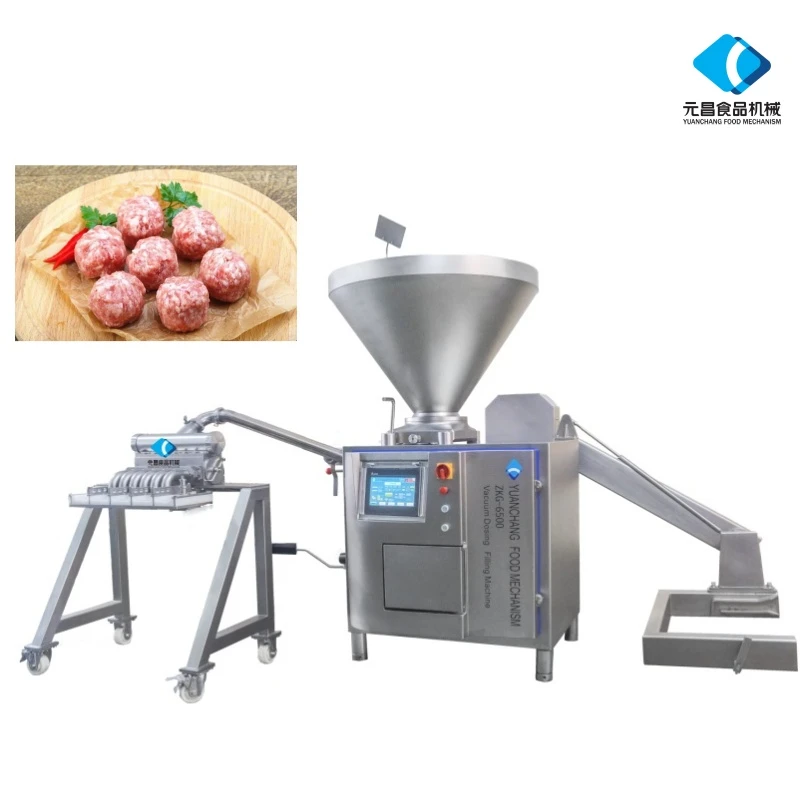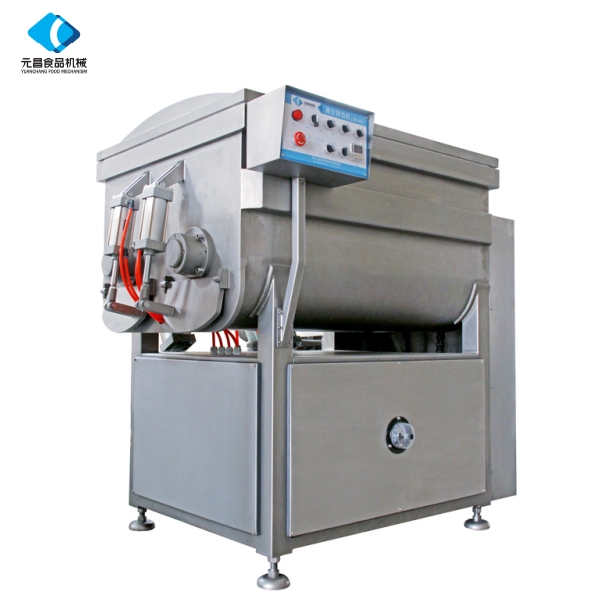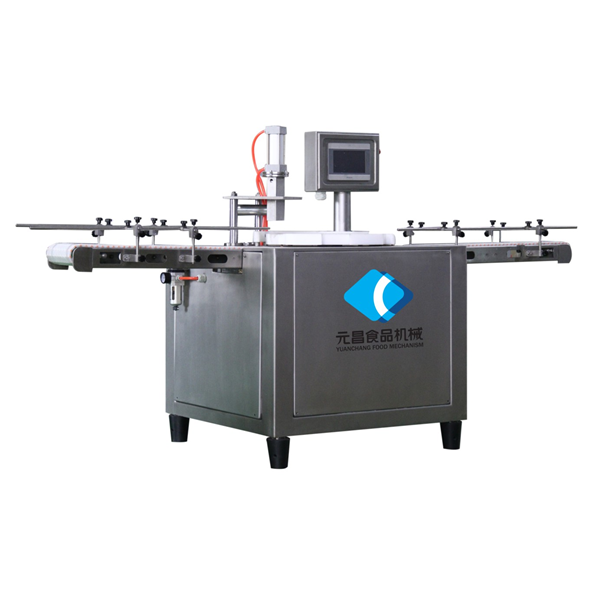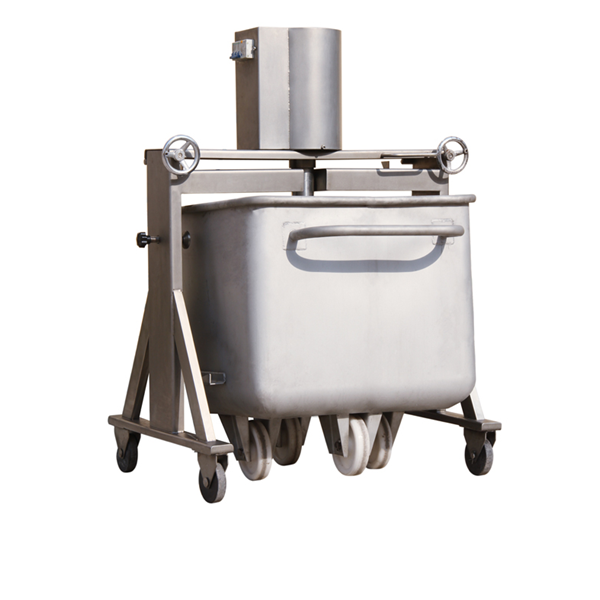- Afrikaans
- Albanian
- Amharic
- Arabic
- Armenian
- Azerbaijani
- Basque
- Belarusian
- Bengali
- Bosnian
- Bulgarian
- Catalan
- Cebuano
- chinese_simplified
- chinese_traditional
- Corsican
- Croatian
- Czech
- Danish
- Dutch
- English
- Esperanto
- Estonian
- Finnish
- French
- Frisian
- Galician
- Georgian
- German
- Greek
- Gujarati
- haitian_creole
- hausa
- hawaiian
- Hebrew
- Hindi
- Miao
- Hungarian
- Icelandic
- igbo
- Indonesian
- irish
- Italian
- Japanese
- Javanese
- Kannada
- kazakh
- Khmer
- Rwandese
- Korean
- Kurdish
- Kyrgyz
- Lao
- Latin
- Latvian
- Lithuanian
- Luxembourgish
- Macedonian
- Malgashi
- Malay
- Malayalam
- Maltese
- Maori
- Marathi
- Mongolian
- Myanmar
- Nepali
- Norwegian
- Norwegian
- Occitan
- Pashto
- Persian
- Polish
- Portuguese
- Punjabi
- Romanian
- Russian
- Samoan
- scottish-gaelic
- Serbian
- Sesotho
- Shona
- Sindhi
- Sinhala
- Slovak
- Slovenian
- Somali
- Spanish
- Sundanese
- Swahili
- Swedish
- Tagalog
- Tajik
- Tamil
- Tatar
- Telugu
- Thai
- Turkish
- Turkmen
- Ukrainian
- Urdu
- Uighur
- Uzbek
- Vietnamese
- Welsh
- Bantu
- Yiddish
- Yoruba
- Zulu
High-Capacity Beef Grinding Machine Commercial Meat Grinder
- The Critical Role of Modern Grinders in Meat Processing
- Technical Advancements Driving Operational Efficiency
- Economic Impact: Production Data and Profitability Metrics
- Commercial Grinder Comparison Chart
- Tailored Solutions for Specific Operational Needs
- Implementation Success Stories Across Industries
- Future-Proofing Your Operations with Quality Grinding Equipment

(beef grinding machine)
The Critical Role of Modern Beef Grinding Machines in Food Production
Contemporary meat processing facilities increasingly depend on specialized grinding solutions to maintain competitive advantage. Commercial grinding machines handle volumes exceeding 1,200kg/hour while ensuring consistent texture critical for product quality. Unlike manual methods, these systems reduce processing time by 85% for equivalent yields. Food safety improvements are equally significant - stainless steel contact surfaces and automated processes decrease contamination risks by eliminating 92% of human contact points.
Operational versatility remains paramount in meat grinding equipment. Modern grinders process multiple protein types including beef, pork, poultry and game meats without cross-contamination. Advanced auger systems maintain texture integrity across fat content variations from 5% to 30%, providing manufacturers with unprecedented recipe flexibility. This adaptability makes industrial meat grinding equipment indispensable for facilities producing burgers, sausages, meatballs, and pet food formulations.
Breakthrough Engineering Transforming Meat Processing
Precision engineering elevates contemporary grinding systems far beyond basic functionality. Variable horsepower motors (2HP-15HP options) deliver controlled torque to maintain consistent particle size regardless of input variation. Thermal protection systems prevent motor burnout during continuous operation cycles exceeding 8 hours. Patented blade configurations achieve particle uniformity of ±0.3mm - critical for emulsification in sausage production and textural consistency in premium burgers.
Self-sharpening helical blades represent another leap forward, maintaining optimal cutting efficiency through 800+ operational hours before requiring maintenance. Noise reduction technology dampens operational volume to 68dB, significantly below the 85dB threshold requiring hearing protection. Energy efficiency ratings show 25% less power consumption compared to previous generation models despite increased throughput capacities.
Quantifying the Financial Advantage
Operational data demonstrates compelling returns on grinding machine investments. Facilities report average yield improvements of 7-12% through reduced product loss and optimized fat retention. Labor cost reductions prove equally dramatic - automated systems require just 0.8 labor hours per 500kg processed compared to 4.2 hours for manual processing. These combined efficiencies typically deliver complete equipment ROI within 10-14 months for medium-volume processors handling 8-15 tons weekly.
Durability metrics reinforce long-term value propositions. Commercial-grade meat grinding machines demonstrate mean time between failures exceeding 2,400 operational hours. Stainless steel construction extends functional lifespans beyond 10 years with proper maintenance. Production cost analysis reveals a $0.017 per pound processing advantage versus outsourced grinding - translating to $136,500 annual savings for operations processing just 20 tons weekly.
Commercial Grinder Comparison Analysis
| Model | Capacity (kg/hr) | Motor Power | Footprint (m²) | Noise Level | Price Point |
|---|---|---|---|---|---|
| Economy Grinders | 300-500 | 1.5-3HP | 0.8-1.2 | 78-82dB | $2,800-5,000 |
| Mid-Range Systems | 700-1,200 | 5-7.5HP | 1.5-1.8 | 72-75dB | $8,200-12,500 |
| Industrial Solutions | 1,500-2,500 | 10-15HP | 2.0-3.2 | 68-70dB | $16,000-24,000 |
| Custom-Built Units | 3,000-5,000+ | 20-50HP | 4.0-7.5 | 65-68dB | $35,000-75,000+ |
Key differentiators include hopper configurations (standard vs. vacuum), grinding plate thickness (premium models feature 20% thicker stainless steel), and accessibility for sanitation. Production environments requiring multiple product formats should prioritize units with rapid-change grinding head assemblies that reduce format changeover to under 4 minutes.
Precision Tailoring for Operational Requirements
Leading manufacturers now offer extensive customization for meat grinding systems. Modular configurations combine grinding, mixing and stuffing functions within integrated footprints under 6m². Operations facing space constraints implement vertical feed systems reducing equipment footprint by 35% while maintaining equivalent throughput. Facilities with specialized sanitation protocols incorporate clean-in-place systems with automated chemical injection and triple-rinse cycles.
For processors requiring ingredient incorporation, inline seasoning and spice injection ports integrate seamlessly with grinding workflows. Texture specialists utilize multi-stage grinding configurations achieving unique particulate consistency impossible with single-pass systems. Operations transitioning to robotic packaging integrate fully automated feed systems that synchronize output timing with downstream packaging equipment without human intervention.
Industry Implementation Success Cases
A regional sausage producer serving 800 retailers implemented a custom grinding system with integrated mixing, reducing labor requirements by 65% while increasing daily output from 3.2 to 6.7 tons. The system's automated seasoning injection improved recipe consistency, reducing ingredient variance by 92% and eliminating batch rejection due to flavor inconsistencies.
Pet food manufacturers face unique particle size requirements for different animal nutrition segments. One manufacturer implemented twin-grinder operations achieving simultaneous coarse and fine grinds for separate product lines. This configuration increased hourly throughput 40% while reducing changeover downtime by 85% between product formats. The $78,000 investment delivered full ROI within 9 months through production efficiencies alone.
Optimizing Long-Term Performance with Meat Grinding Machines
Premium grinding machinery delivers sustained advantages beyond initial productivity gains. Facilities implementing enterprise-grade systems reduce maintenance costs by 60% compared to entry-level equivalents when calculated over five-year operational periods. Connectivity integrations enable real-time monitoring of motor temperature, blade efficiency and production metrics - data streams that reduce unplanned downtime by 75% through predictive maintenance alerts.
Forward-looking processors prioritize equipment meeting evolving regulatory standards including SQF Level 3 certification and EHEDG compliance. Sustainability features such as energy-recovery motors contribute to corporate environmental targets while reducing operational expenses. These durable food processing assets become competitive differentiators as consumers increasingly demand consistent quality and traceability throughout the meat production cycle.
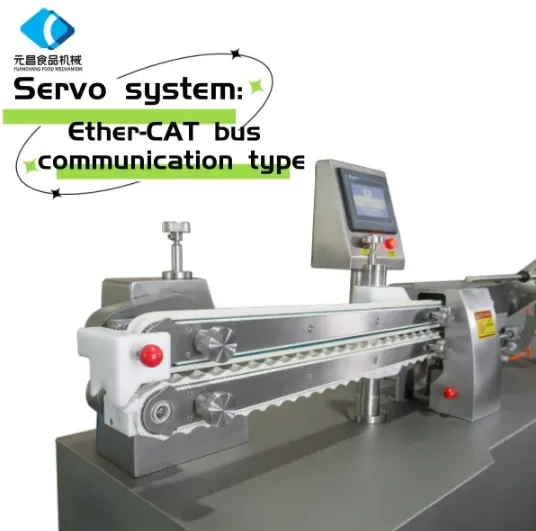
(beef grinding machine)
FAQS on beef grinding machine
Q: How to clean a beef grinding machine properly?
A: Disassemble removable parts, wash with warm soapy water, and dry thoroughly. Lubricate gears periodically and avoid harsh chemicals to maintain functionality.
Q: Can a grinding machine for meat handle other types of meat?
A: Yes, most meat grinding machines can process chicken, pork, or lamb. Always check the manufacturer’s guidelines for compatibility and avoid bones or tough connective tissue.
Q: What safety features should a meat grinding machine have?
A: Look for overload protection, non-slip bases, and secure locking mechanisms. Some models include food-grade materials and emergency stop buttons for added safety.
Q: How to choose the right beef grinding machine capacity?
A: Consider your usage volume—home kitchens need 200-500W models, while commercial units require 1000W+. Check grinding speed (lbs/hour) to match your needs.
Q: Are blades in meat grinding machines replaceable?
A: Yes, most blades and grinding plates are replaceable. Ensure compatibility with your model and sharpen or replace them if grinding efficiency decreases.
-
Heavy-Duty Sausage Mincer Machine Commercial & Home Meat GrindingNewsMay.31,2025
-
Commercial Bowl Cutters Heavy-Duty Meat Processing SolutionsNewsMay.31,2025
-
Industrial Meat Grinder Machines Heavy-Duty & Commercial UseNewsMay.31,2025
-
High-Speed Chopper Bowl Cutters Efficient Meat Grinding & MixingNewsMay.31,2025
-
Commercial-Grade Meat Equipment for Sale - Durable & Efficient SolutionsNewsMay.31,2025
-
Industrial Meat & Bone Grinder Heavy-Duty Commercial Mincing SolutionsNewsMay.31,2025



